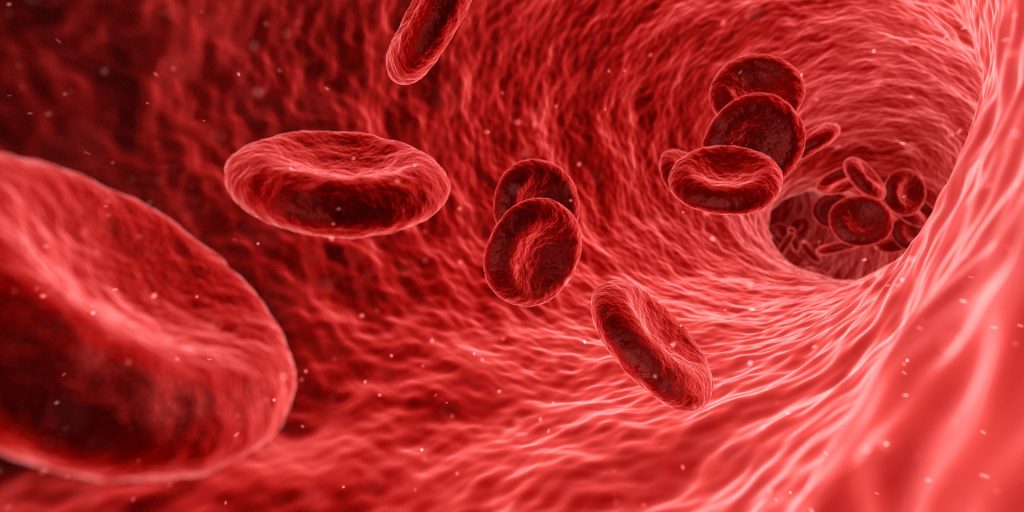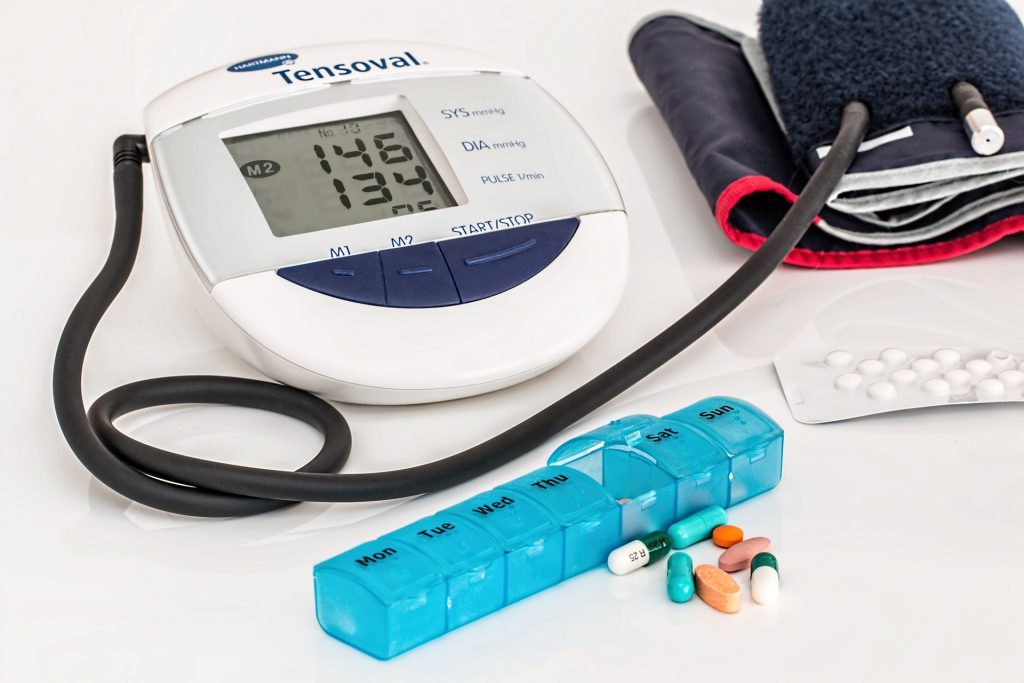Taking Action Before and Between Pregnancies Reduces Risk of Preeclampsia

In a new study, John Hopkins researchers have found that the periods before pregnancy and in between pregnancies are crucial times to address preeclampsia risk factors like obesity, diabetes and hypertension.
Preeclampsia, a common pregnancy complication, is characterised by high blood pressure and signs of damage to the liver, kidneys or other organs. It usually starts after 20 weeks of pregnancy in women whose blood pressure had previously been normal. .
The team, led by S. Michelle Ogunwole, MD, a fellow in the Division of General Internal Medicine, and Wendy Bennett, MD, MPH, associate professor of medicine, both at the Johns Hopkins University School of Medicine, published their findings in the Journal of the American Heart Association.
Dr Ogunwole said: “Preconception health care is really important as it’s a window of opportunity to think about your future health. We encourage patients to work on chronic disease issues before their pregnancies and between their pregnancies.”
A woman who develops preeclampsia during her first pregnancy has a higher risk of the condition recurring in a second or any successive pregnancies, she said.
“As an internist concerned about maternal outcomes, I am interested in what health care providers can do to help women reduce their risk of preeclampsia, including being a big proponent of preconception counseling,” said Dr Ogunwole.
The team compared two sets of women who were participating in the Boston Birth Cohort. Since 1998, the cohort has looked at a broad array of early life factors and their effects on pregnancy, infancy and child health outcomes. The researchers wanted to understand the differences between women who developed preeclampsia and those who did not, and how a first case of the condition affects subsequent pregnancies. Dr Ogunwole’s team studied 618 women to gain “rich maternal health data among racially and ethnically diverse pregnant women.”
“We wanted to make sure that we’re asking questions in a population that looks like the populations we serve,” she says. “I’m interested in the life course of women and pregnancy complications that can shape the trajectory of their future health.”
The researchers found that obesity, diabetes, high blood pressure, gestational diabetes and preterm birth were common factors in women who had preeclampsia during both first and second pregnancies, or who developed the condition during gestation with a second or later child.
“We know that improving weight will improve other conditions, so we advise that women create healthier lifestyles before and between pregnancies,” said Dr Ogunwole. “Whether you have another pregnancy again or not, you can still improve your overall health.”
Future research should hopefully include larger trials to confirm their results. Dr Ogunwole also plans to study the structural barriers that may prevent women from engaging in healthy lifestyles and develop strategies to improve long-term health outcomes for women.
Source: John Hopkins Medicine








